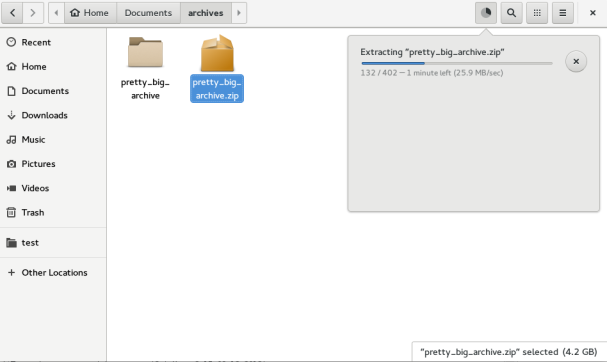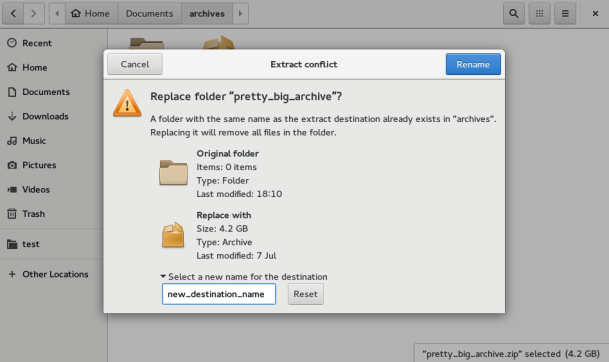GUADEC has been a week full of memorable moments. As my friend Rares mentioned in his post, our newcomers group was welcomed by friendly community members right as we arrived at the hotel. For someone who has never attended a similar event before, this really helped with getting into the conference atmosphere.
In the first couple days of the conference, I found myself meeting a lot of people that I knew from IRC. It felt really nice to finally know the person behind the internet nick. I was especially excited about getting to meet my mentor, Carlos Soriano =). In between the presentations I also took the time to prepare my own lightning talk about compressed files in Nautilus. Speaking in front of the GNOME community for the first time was a unique experience.
Of course, GUADEC had a loooot of fun stuff. Playing picnic games like children (and losing them to actual children!), going on ziplines with project maintainers and a little pool party for the Nautilus team, these all added up to a memorable experience. And there were also beers and tequilas, but I guess this is not the place to talk about them :D.
Los tres amigos de Nautilus managed to do some actual work too, polishing what was done so far during the summer. Reviewing and arguing is definitely more fun in person than it is on IRC and bugzilla. By the way, support for compressed files is up and running in Nautilus master and Carlos did a great job on making it available in flatpak, so give it a shot if you’re curious!
So that’s it for this GUADEC. I can definitely say it’s an experience I want to repeat and hopefully I’ll be able to attend and see you all again next year in Manchester!







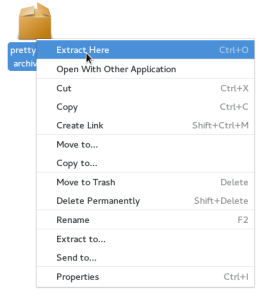
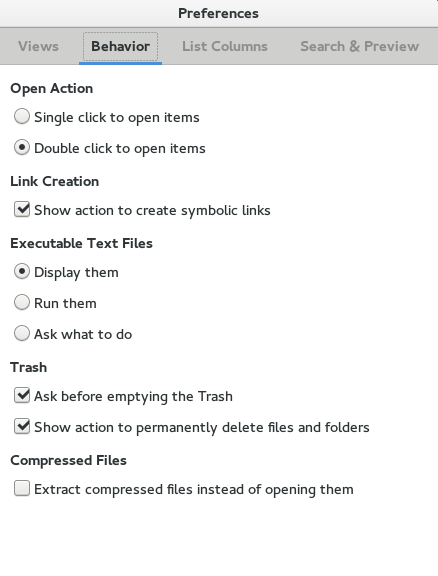
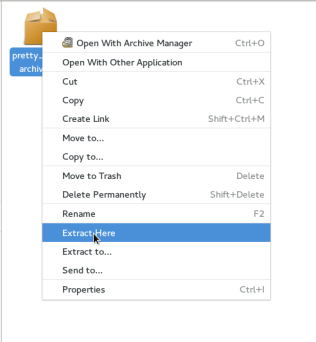 Now you might be wondering, why add these to Nautilus if they look exactly the same as file-roller’s extension? Well, handling extraction internally comes with a few changes:
Now you might be wondering, why add these to Nautilus if they look exactly the same as file-roller’s extension? Well, handling extraction internally comes with a few changes: